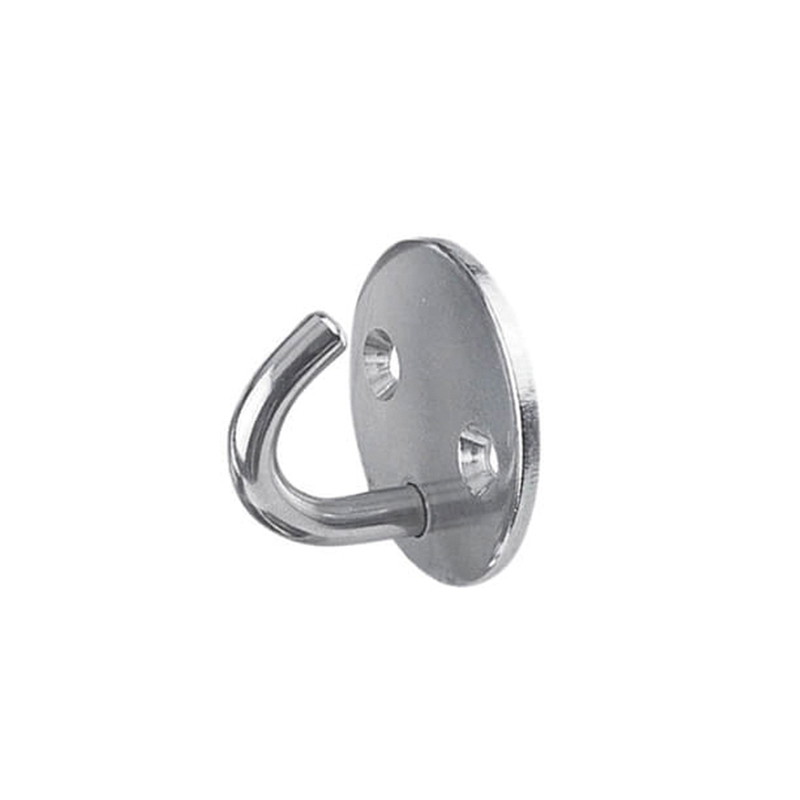Table of Contents
Understanding the Importance of HS Codes for Stainless Steel Fasteners
Stainless steel fasteners are essential components in various industries, including construction, automotive, and manufacturing. These fasteners are used to join different materials together securely, providing structural integrity and stability to the finished product. However, when it comes to importing or exporting stainless steel fasteners, it is crucial to understand the Harmonized System (HS) code assigned to these products.
The HS code is an internationally recognized system for classifying goods in international trade. It is used by customs authorities around the world to identify and categorize products for the purpose of levying tariffs, collecting trade statistics, and enforcing regulations. Each product is assigned a unique HS code based on its characteristics, composition, and intended use.
For stainless steel fasteners, the HS code falls under Chapter 73 of the Harmonized System, which covers articles of iron or steel. The specific HS code for stainless steel fasteners depends on the type of fastener, its size, shape, and other distinguishing features. By decoding the HS code for stainless steel fasteners, importers and exporters can ensure compliance with customs regulations, avoid delays in shipments, and accurately calculate duties and taxes.
One of the key benefits of understanding the HS code for stainless steel fasteners is the ability to determine the applicable tariff rates. Tariffs are taxes imposed on imported goods by customs authorities, and they vary depending on the product category and country of import. By correctly classifying stainless steel fasteners under the appropriate HS code, importers can avoid overpaying or underpaying tariffs, which can have a significant impact on the overall cost of the goods.
In addition to tariff rates, the HS code for stainless steel fasteners also provides valuable information about the product’s composition and characteristics. This information is crucial for customs authorities to verify the accuracy of import declarations and ensure compliance with safety and quality standards. By providing the correct HS code for stainless steel fasteners, importers can demonstrate transparency and credibility in their trade transactions, which can help build trust with customers and business partners.
Furthermore, decoding the HS code for stainless steel fasteners can help importers and exporters navigate the complex regulatory landscape of international trade. Customs regulations are constantly evolving, and staying up-to-date with the latest requirements can be challenging. By understanding the HS code for stainless steel fasteners, businesses can proactively address any changes in regulations, minimize the risk of non-compliance, and streamline their import and export processes.
Overall, the HS code for stainless steel fasteners plays a crucial role in facilitating international trade and ensuring the smooth flow of goods across borders. By decoding the HS code accurately, importers and exporters can benefit from reduced costs, improved compliance, and enhanced efficiency in their trade operations. Understanding the importance of HS codes for stainless steel fasteners is essential for businesses looking to expand their global reach and establish a competitive edge in the marketplace.
How to Properly Classify Stainless Steel Fasteners Using HS Codes
Stainless steel fasteners are essential components in various industries, including construction, automotive, and manufacturing. These fasteners are used to join two or more objects together securely. However, when it comes to international trade, classifying stainless steel fasteners can be a complex process. The Harmonized System (HS) Code is a standardized system used to classify goods for international trade. Understanding the HS Code for stainless steel fasteners is crucial for proper classification and compliance with customs regulations.
The HS Code for stainless steel fasteners falls under Chapter 73 of the Harmonized System, which covers articles of iron or steel. Within this chapter, stainless steel fasteners are classified based on their specific characteristics, such as size, shape, and function. The first six digits of the HS Code provide a general classification of the product, while the remaining digits offer more detailed information.

To properly classify stainless steel fasteners using the HS Code, it is important to consider the material composition, size, and intended use of the product. Stainless steel fasteners are typically made from a combination of iron, chromium, nickel, and other alloying elements. The grade of stainless steel used in the fastener will determine its corrosion resistance, strength, and durability.
In addition to material composition, the size and shape of the fastener are also important factors in classification. The HS Code provides specific codes for different types of fasteners, such as bolts, nuts, screws, and washers. Each type of fastener has its own unique characteristics that must be considered when classifying the product.
Furthermore, the intended use of the stainless steel fastener will also impact its classification. Fasteners used in structural applications may be classified differently than those used in decorative or non-structural applications. It is important to accurately describe the intended use of the fastener when classifying it using the HS Code.
Transitional phrase: In order to ensure accurate classification of stainless steel fasteners, it is essential to consult the official HS Code classification guidelines provided by the World Customs Organization. These guidelines offer detailed descriptions of the classification criteria for different types of fasteners, as well as examples to help clarify the classification process.
When classifying stainless steel fasteners using the HS Code, it is important to pay attention to the specific characteristics of the product, such as material composition, size, shape, and intended use. By accurately describing these characteristics, importers and exporters can avoid potential customs delays and penalties.
In conclusion, decoding the HS Code for stainless steel fasteners is a critical step in properly classifying these essential components for international trade. By understanding the classification criteria and guidelines provided by the World Customs Organization, importers and exporters can ensure compliance with customs regulations and facilitate smooth transactions. Proper classification of stainless steel fasteners using the HS Code is essential for accurate documentation, tariff determination, and customs clearance.







